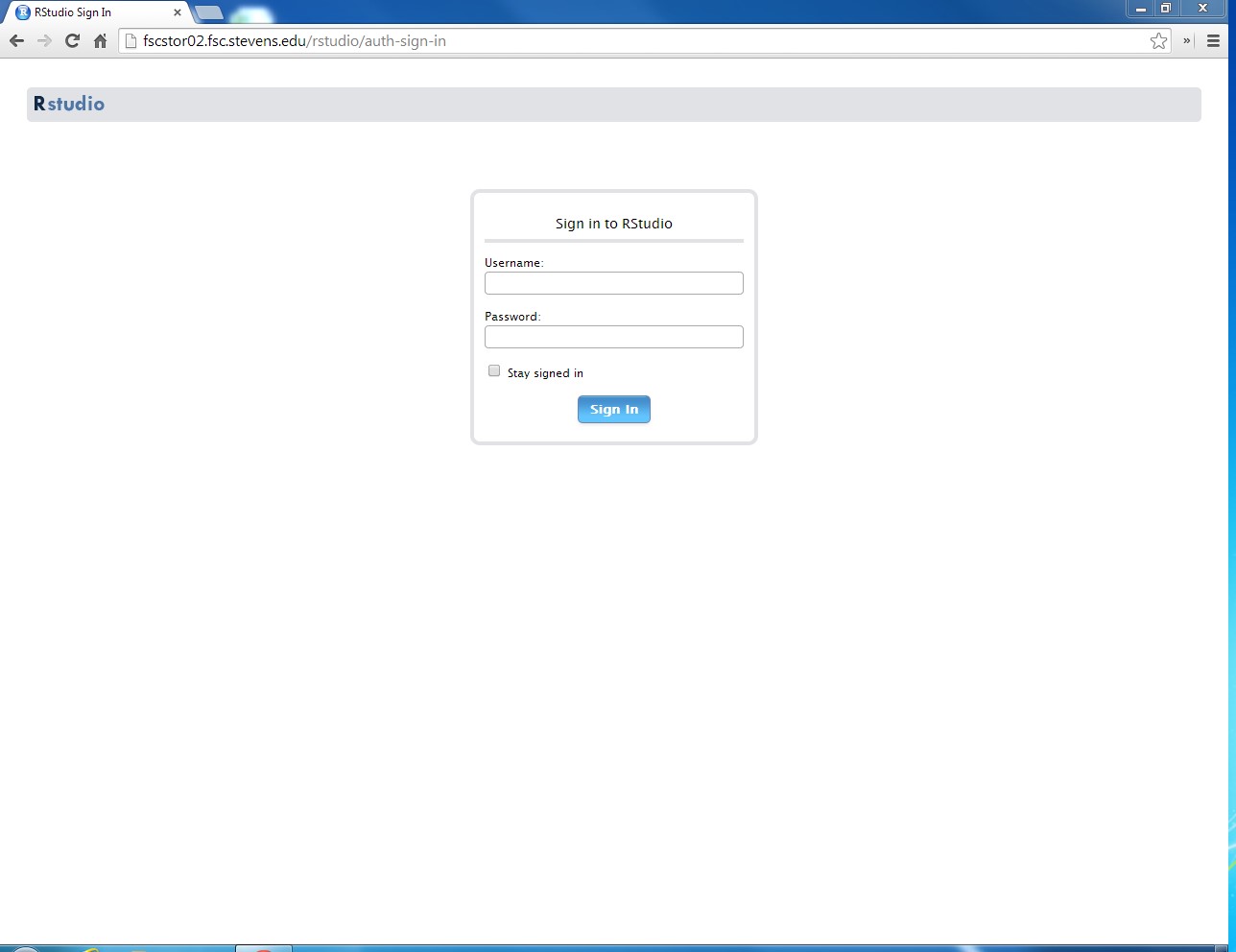

The summary for char column contains different values when compared to the numeric column.

Now, let us take a Data Frame which contains a char column, and find its summary. Similarly for the second column, the summary would contain values based on its values. In the first column named “a”, minimum value is 41.0, maximum value is 43.0, mean 42.0, and so on. Output contains summary which is column wise. In the following program, we take a Data Frame in df with two numeric columns, and find its summary using summary() function.Įxample.R df <- ame(a = c(41, 42, 43), Summary() function returns a matrix object of class “table”. It is used for formatting the print output.Īdditional arguments affecting the summary produced. However, often it is required to evaluate particular groups in a data frame. In the previous examples, we have calculated certain summary statistics for entire data frame columns. Example 4: Calculate Descriptive Statistics by Group. Look at the below examples which show the various types of. The syntax of the sum () function is sum (x,na.rmFALSE/TRUE) Vector is the easiest method to store multiple elements in R. In this tutorial, we will try to find the sum of the elements of the vector.
#RSTUDIO SUMMARY HOW TO#
It indicates the number of levels to be shown for factors.Īn integer. The summary function is very useful when you want to get a quick overview on the structure of your data. Let’s learn how to find the sum of the values with the help of the sum () in R. The syntax to call summary() function to get the summary of Data Frame df is summary(df, maxsum = 7,ĭigits = max(3, getOption("digits")-3). In this tutorial, we will learn how to use summary() function to get the summary of a Data Frame, with the help of examples. If the column is char type, then summary would contain information like length, class and mode. If the column is numeric type, then the summary would contain information like minimum, maximum, median, mean, etc. R summary Function summary() function is a generic function used to produce result summaries of the results of various model fitting functions. The output of summary() contains summary for each column. We may pass additional arguments to summary() that affects the summary output. To get the summary of Data Frame, call summary() function and pass the Data Frame as argument to the function.

R – Check if specific item is present in Vector.R – Delete items at specific indices from Vector Summary tables can be useful for displaying data, and the kable() function in the R package knitr allows you.


 0 kommentar(er)
0 kommentar(er)
